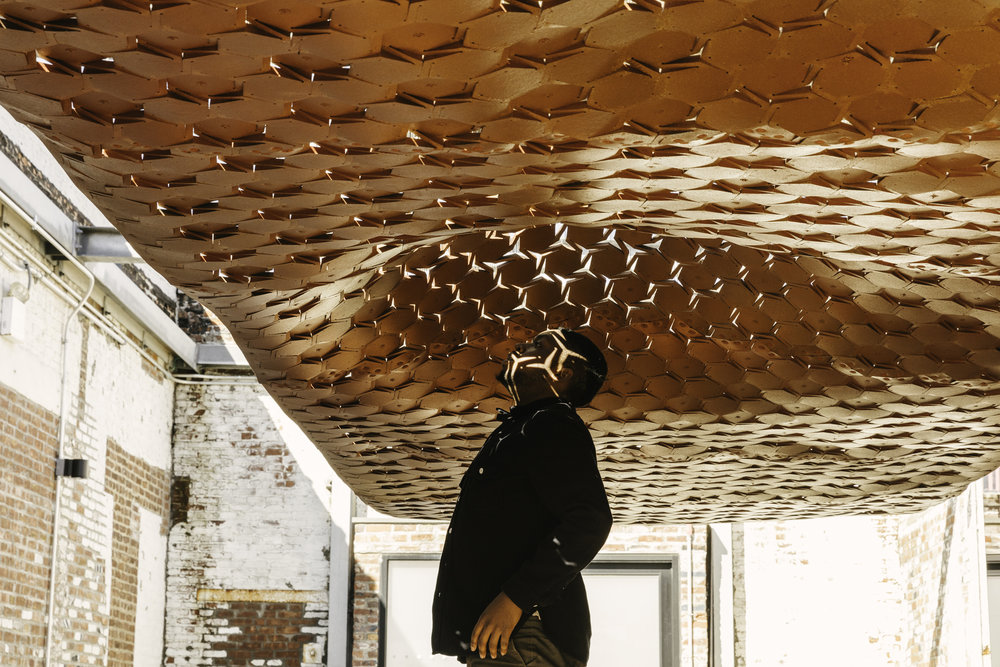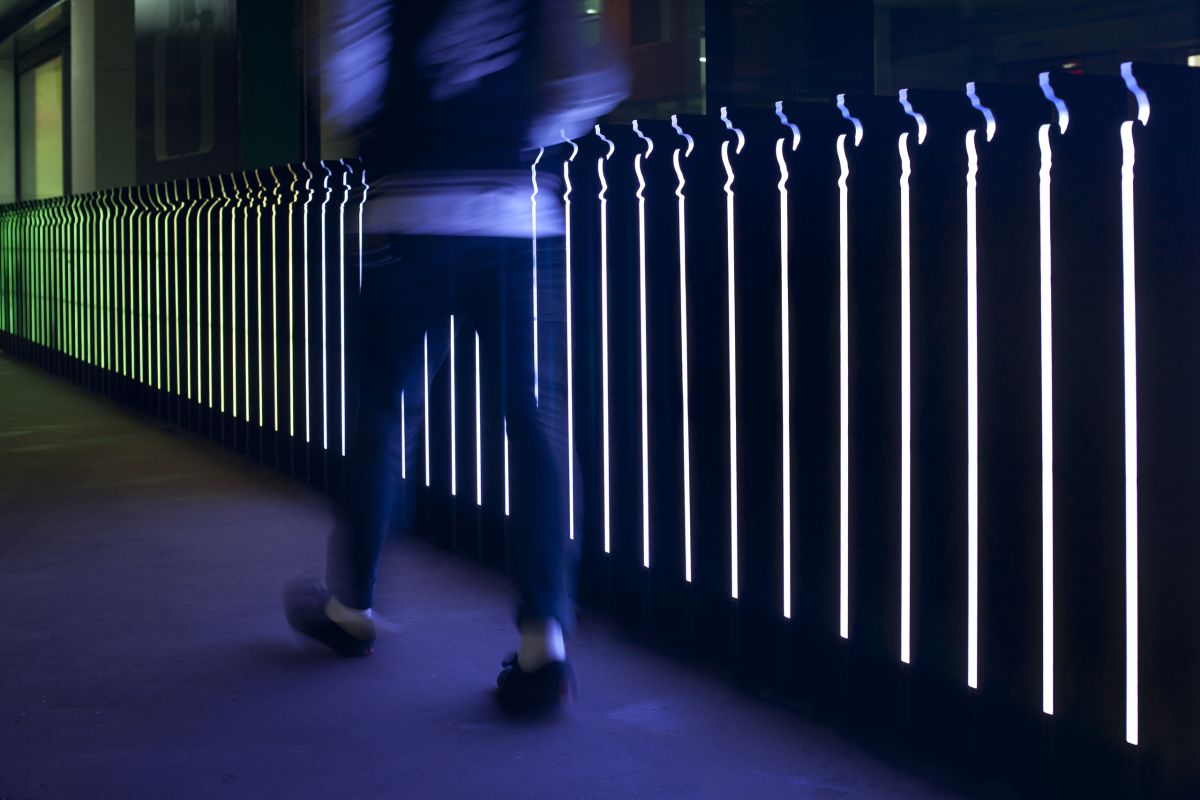I came into this project with no specific idea or image in my head, so I put in a random shape that turned out to look like a cat
function setup() {
createCanvas(750, 750);
background(220);
text("p5.js vers 0.9.0 test.", 10, 15);
}
function draw() {
background(128,222,250);
fill(236,174,66); //light blue
rect(200,300,70,700); //neck
quad(100,200,300,600,600,100,400,100); //vhin
fill(246,111,255); //pink
quad(125,200,305,580,550,100); //mouth
line(400,100,300,600); //mouth center line
fill(236,174,66); //orange
quad(100,200,450,600,600,100,400,100); //head
triangle(100,200,250,150,200,50); //left ear
triangle(600,100,500,100,520,30); //right ear
fill(255,255,255); //white
strokeWeight(3)
ellipse(300,300,100,100); //left eye
ellipse (525,300,65,100); //right eye
strokeWeight(1)
line(400,100,450,600); //head center line
fill(6,165,1); //green
strokeWeight(10);
ellipse(300,300,50,50); //left eye pupil
fill(52,100,212); //blue
ellipse (525,300,32.5,50); //right eye pupil
fill(236,174,66);
strokeWeight(1);
arc(300,300,100,100,0,PI); //eyelid
fill(246,111,255);
triangle(130,180,210,140,200,70); //left inner ear
triangle(582,92,515,87,525,45); //right inner ear
fill(0,0,0);
triangle(408,550,467,540,450,600); //nose
fill(226,226,226,200); //light gray
stroke(186,186,186); //gray
strokeWeight(5);
circle(100,750,250); //clouds
circle(300,750,275);
circle(450,750,230);
circle(650,750,250);
fill(0,0,0); //white
noLoop()
}
![[OLD FALL 2020] 15-104 • Introduction to Computing for Creative Practice](../../../../wp-content/uploads/2021/09/stop-banner.png)

